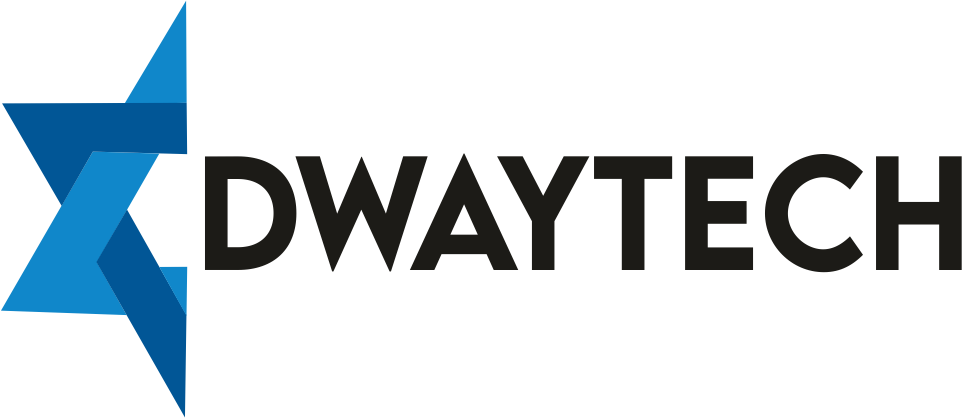In the dynamic realm of project management, the role of a business analyst is indispensable. These professionals serve as the bridge between stakeholders and the development team, ensuring that projects align with organizational goals. To achieve seamless project success, the creation and management of specific documents play a pivotal role.
I. Introduction
A. Definition of Business Analyst
Business analysts are experts who analyze an organization’s business processes and identify areas for improvement. They act as facilitators, ensuring that project objectives are clearly understood by all stakeholders.
B. Significance of Business Analyst Documents
The documentation produced by a business analyst is the backbone of any successful project. It provides a roadmap for development, serves as a reference for stakeholders, and aids in effective communication.
II. The Core Documents
A. Business Requirements Document (BRD)
1. Purpose and Overview
The BRD outlines the business problem, its significance, and the proposed solution. It provides the development team with a thorough manual.
2. Key Components
Detailed requirements, scope, constraints, assumptions, and acceptance criteria are essential components of a well-crafted BRD.
B. Functional Specifications Document (FSD)
1. Role in Project Development
The FSD translates the business requirements into technical specifications, guiding the development team in creating the desired functionality.
2. Detailed Features and Functions
This document provides a granular breakdown of the system’s features, ensuring that every aspect is considered during development.
C. Use Case Documents
1. Understanding User Scenarios
Use cases describe how users interact with the system, ensuring that user needs are at the forefront of the development process.
2. Enhancing User Experience
By detailing user interactions, use case documents contribute to the creation of an intuitive and user-friendly system.
D. Data Flow Diagrams (DFD)
1. Visual Representation of Data Movement
DFDs provide a visual representation of how data moves through the system, aiding in understanding and optimizing data processes.
2. Aid in System Understanding
For both technical and non-technical stakeholders, DFDs offer a simplified view of the system’s data flow.
III. Project Scope Document
A. Defining Project Boundaries
Clearly defining the project scope ensures that all stakeholders have a shared understanding of what the project will and will not encompass.
B. Aligning Stakeholder Expectations
The project scope document aligns stakeholder expectations, minimizing misunderstandings and scope creep.
IV. Stakeholder Analysis
A. Identifying and Prioritizing Stakeholders
Understanding and prioritizing stakeholders ensures that communication efforts are focused on those with the greatest impact on the project.
B. Communication Planning
Stakeholder analysis guides the development of communication plans tailored to different stakeholder needs.
V. Risk Analysis Documents
A. Identifying Project Risks
Risk analysis documents help identify potential issues before they escalate, allowing for proactive risk mitigation.
B. Mitigation and Contingency Plans
Well-documented plans outline how the project team will address identified risks, ensuring a swift response to unforeseen challenges.
VI. Test Plans and Cases
A. Ensuring Quality Assurance
Test plans and cases ensure that the developed system meets quality standards and performs as expected.
B. Streamlining Testing Processes
Efficient testing processes, guided by well-documented test plans, contribute to a smoother development and deployment phase.
VII. Impact Analysis Reports
A. Assessing Project Changes
Impact analysis reports help evaluate the consequences of proposed changes, allowing for informed decision-making.
B. Minimizing Unintended Consequences
By identifying potential ripple effects, impact analysis reports assist in minimizing unintended consequences of changes.
VIII. Change Request Documentation
A. Adapting to Evolving Project Needs
Change request documentation allows for the adaptation of project requirements based on evolving business needs.
B. Ensuring Change Control
A structured change control process ensures that changes are implemented systematically and do not disrupt project progress.
IX. Post-Implementation Review (PIR)
A. Evaluating Project Success
PIRs provide a structured approach to evaluating the success of the project against its original objectives.
B. Continuous Improvement Strategies
Insights from PIRs inform continuous improvement strategies for future projects, enhancing overall organizational efficiency.
X. Conclusion
A. Recap of Key Documents
The business analyst’s documents collectively form a comprehensive toolkit for project success.
B. Importance of Documenting Processes
Documenting processes ensures transparency, facilitates effective communication, and minimizes the likelihood of misunderstandings.
In conclusion, the meticulous creation and management of business analyst documents are indispensable for achieving seamless project success. These documents serve as the foundation upon which successful projects are built, guiding development, mitigating risks, and ensuring alignment with stakeholder expectations.
Frequently Asked Questions (FAQs)
- What role does the Business Requirements Document (BRD) play in project development? The BRD serves as a comprehensive guide outlining the business problem, proposed solution, and detailed requirements for the development team.
- How do Use Case Documents contribute to user experience? Use Case Documents to describe user interactions, ensuring the development of an intuitive and user-friendly system.
- Why is stakeholder analysis crucial for project success? Identifying and prioritizing stakeholders ensures focused communication efforts and better alignment with project goals.
- How do Test Plans and Cases contribute to project quality assurance? Test plans and cases ensure
Also, Useful Links:
Business Analyst Training Course Online Request Demo










